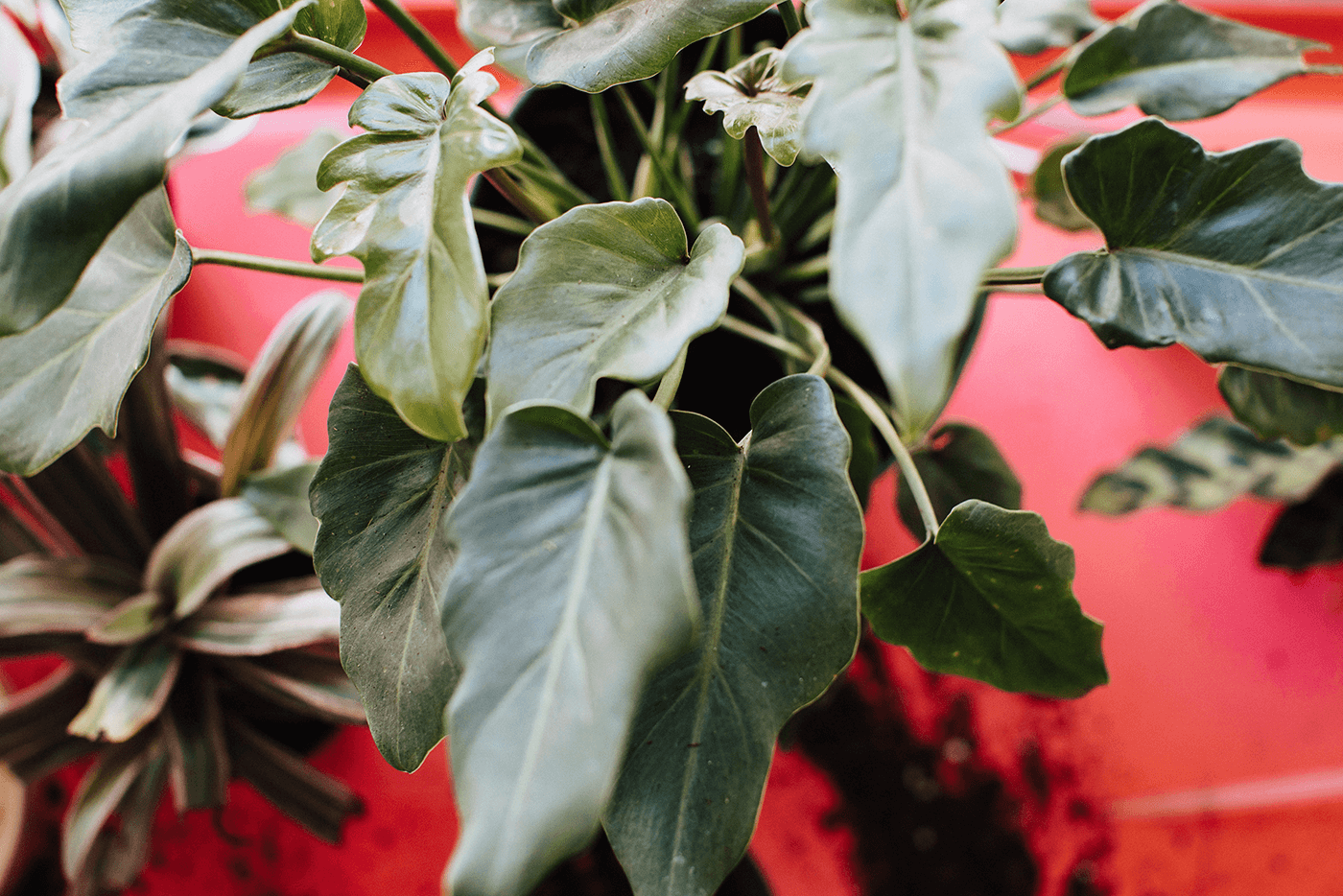Indoor plants are a joy to have around the house, but it’s not all that easy to keep them alive if you don’t know what they want. So, here’s a basic guide for beginners on how to give your favorite indoor house plants the light they need to thrive.
Can We Have More Light, Please?
Many people out there believe an indoor space with a small, shaded window provides low light conditions for their plants. Even though we would describe that as low light, to your plants, it feels more like _no light_—and it’s a reliable recipe for a dead plant.
All plants need light because they convert those rays of sunshine into food. More food means more energy. More energy means more growth.
If you have indoor plants, you need to know that the natural sunlight outside is much more intense than the sunlight shining through your windows. And that light becomes less and less intense the further away from the window you go.
But Not Too Much!
But you don’t want your plants too close to the window because it can burn them the same way it burns you—the glass of the window works like a magnifying glass, so be careful putting your plants on windowsills.
And, every plant needs different light conditions, usually signified as low, medium, or bright. If you own low light plants, you don’t want to give them too much sun.
Where to Place Your Indoor Plants for Ideal Lighting Conditions
When you place indoor plants, you should consider which direction your windows face to give your plants the right amount of light.
In the Northern Hemisphere, the light intensity that shines into your windows from the north, south, east, and west works like this:
North-facing Windows for Lighting Plants
Northing-facing windows generally provide the weakest light of all the windows in your home. Although plants that enjoy shade will thrive in these spaces in the summer, they most often don’t provide enough light during the winter for even low-light plants.
South-facing Windows for Lighting Plants
You probably know that the sun rises in the east and sets in the west—but you also need to know that the sun’s arc follows a slightly southern path (which is why the north side of your home doesn’t get enough light). Unblocked south-facing windows receive the strongest light intensity, making it the best place for bright light indoor plants.
Keep in mind that plants which like a lot of light will never get the same amount of light inside as they do outside.
East-facing Windows for Lighting Plants
East-facing windows enjoy the slightly weaker morning sun with shade in the evenings. Low to medium or moderate light plants that enjoy evening shade will thrive here.
West-facing Windows for Lighting Plants
With the full power of the afternoon and evening sun, west-facing windows provide pretty intense light to your plants, especially in the summer. This makes it a good place for medium to bright light indoor plants.
Measuring Light Intensity
Keep in mind that the descriptions and suggestions above are for unshaded windows. If you have big trees, tall buildings, or other elements that shade your home, your windows will provide less light to your indoor plants.
If you’re not sure about which places in your home are the best for your plants, try measuring the light levels throughout the day. You can actually see how intense the light is by using shadows. A dark and well-defined shadow means you’ve got a lot of light, while a weak, fuzzy, or blurry shadow means there isn’t much light in that area.



